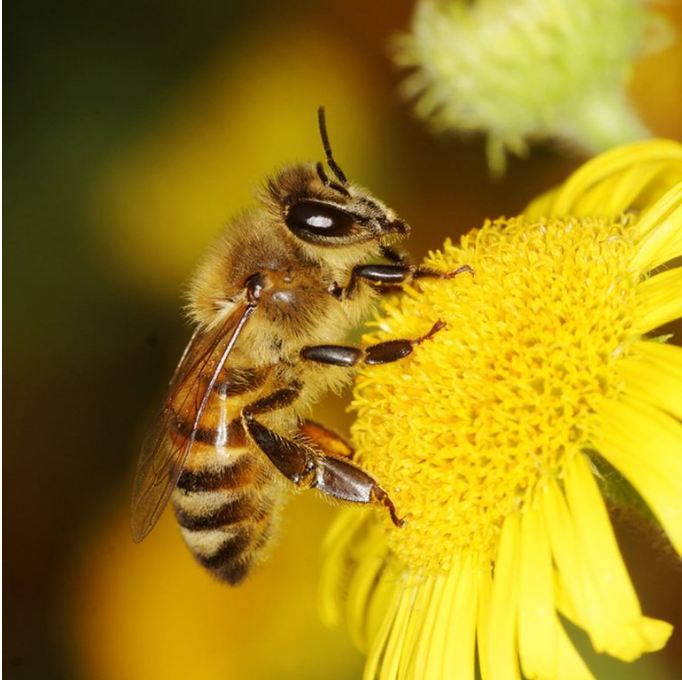


Bees, these tiny yet captivating creatures, play a vital role in our ecosystem as pollinators, but their complexity goes beyond. Their social structure comprises distinct castes like the queen, workers, and drones, each serving a unique purpose. Bees navigate with remarkable precision using the sun, landmarks, and Earth’s magnetic field. Their architectural talents are evident in hexagonal hive cells, optimizing storage and strength. Communication via intricate dances conveys nectar source information. Their relentless foraging efforts sustain biodiversity. Bees are invaluable, deserving admiration and protection.
Complex Social Structures
Bees live in highly organized colonies with distinct roles for each member. A colony typically consists of a single queen, worker bees, and male bees called drones. The queen’s primary duty is to lay eggs, while worker bees take on various roles, such as foraging, nursing, and guarding. This intricate social structure is a marvel of nature, and each bee knows its place and responsibilities within the hive.
Incredible Pollinators
Bees are essential pollinators, and their role in this process is crucial for the reproduction of many plant species. As bees collect nectar from flowers, they transfer pollen between plants, facilitating fertilization. This process is essential for the production of fruits, vegetables, and nuts. It is estimated that one-third of the world’s food supply depends on pollinators like bees, making them essential to agriculture and food security.
Waggle Dance Communication
Honeybees have a remarkable method of communicating the location of food sources to other members of their colony. They perform a “waggle dance,” where a bee waggles its body and moves in a figure-eight pattern to indicate the direction and distance to a food source. The angle and duration of the waggle dance communicate the precise location of the resource. This complex form of communication allows bees to share vital information with remarkable accuracy.
Navigation Skills
Bees are skilled navigators. They can navigate using a combination of visual cues from the sun and polarized light patterns, as well as their own internal “homing instinct.” They are known to use the Earth’s magnetic field for orientation. Bees can find their way back to the hive from several miles away, often with an impressive degree of accuracy. Their navigation abilities have fascinated scientists for decades and continue to be a subject of research.
Intriguing Diversity
Bees are incredibly diverse, with over 20,000 known species worldwide. They come in various shapes, sizes, and colors. While honeybees are the most famous and domesticated for their honey production, other species have unique characteristics. For instance, the blue orchard bee is an excellent orchard pollinator, and the solitary mason bee nests in preexisting cavities rather than building hives